Meditation is an age-old practise wherein you train your mind to stay calm. It involves mental and physical techniques to clear your mind. This psychotherapeutic practise encourages a heightened sense of awareness.
Meditation can take many forms. The 2 main types of meditation are:
- Concentrative meditation involves focusing on a specific thing while tuning out everything else. You can focus on your breathing, a mantra, or a particular word, to reach a higher state of being. Some specific types of meditation include – body-scan meditation to notice physical sensations in your body; loving-kindness meditation focusing on kind and caring thoughts; movement meditation; and visual-based meditation, focusing on a specific mental image.
- Mindfulness meditation can target depression, anxiety, or stress. Some types include mindfulness-based stress reduction (MBSR) and mindfulness-based cognitive therapy (MBCT).
Combining music with meditation can also have a positive effect on your well-being. It can lift your mood and relax your body. Look for music without lyrics, as it can be distracting and can engage your conscious mind. Classical or instrumental music is less distracting. If you want a meditation playlist with a slower tempo, look at our curated Spotify playlist here. You can also listen to other Spotify playlists curated for other physical activities, like Zumba, running, or walking, that keep you active. Yoga and binaural music can bring peace and a calming sensation to your mind. Binaural beats are two tones, one in each ear using headphones to create an auditory illusion. Find our binaural music playlist for yoga here.
Benefits of meditation
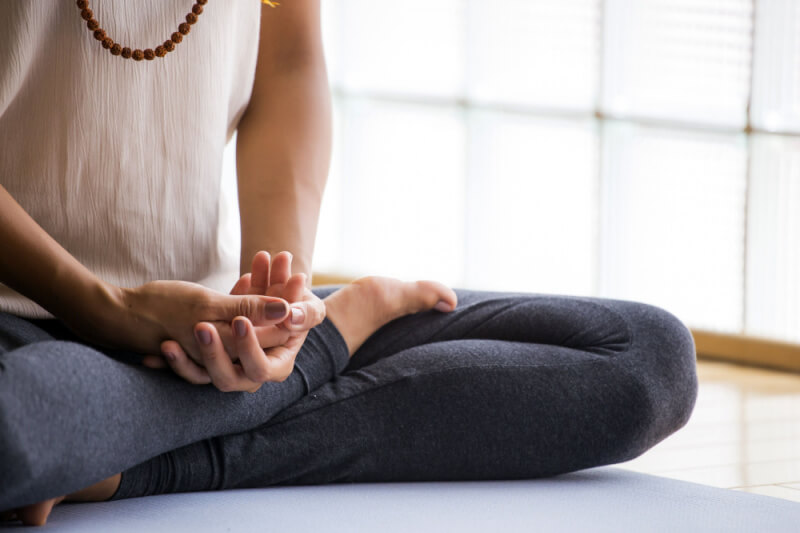
If you are new to meditation and find it difficult to concentrate or be alone with your thoughts, know it is normal for beginners to learn this skill. Our minds can get restless and bored, and to seek a sense of calmness requires patience, discipline and commitment.
Meditation can work wonders, but only if you consistently practise it. Here are the many benefits of meditation:
- It can improve the holistic well-being of the body, reduce stress, and lessen anxiety.
- It can improve focus, concentration and cognitive function and reduce brain chatter.
- Mindfulness meditation can lower blood pressure, improve blood circulation, slow respiratory rate, and bring a more profound sense of relaxation.
How to meditate for beginners?
Consider the following tips for your meditation practise:
Try to meditate early in the morning after you wake up. It refuels you and gives you a good head start, where you can efficiently tick tasks off your list.
If you are unable to meditate in the morning, schedule a time during the day and choose a place you can dedicate to your meditation practise. Make mindfulness meditation a part of your daily routine, which can ultimately become a lasting habit.
The best part about meditation is you can practise it anywhere. Therefore, if you get tired of practising at the same place, you can get creative about the location as long as there is stillness and silence.
Find a meditation position that is comfortable for you. The ideal meditation pose can be sitting on a chair, sofa, or couch with your hands and legs uncrossed, feet softly placed on the ground, and your spine straight. Keep your shoulders and neck relaxed and your eyes closed throughout the process.
Meditation poses for beginners
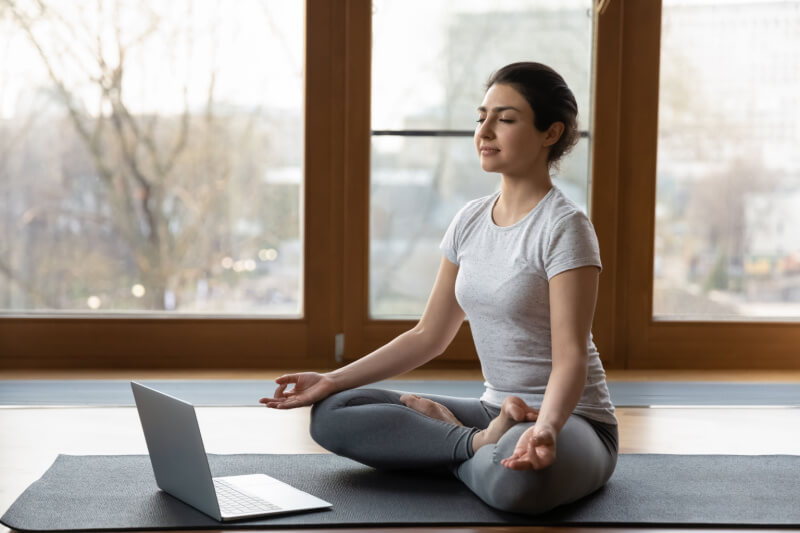
Arrange your body in a stable and comfortable position physically before meditating to seek mental clarity. Ensure your lower back is not slouching or rounded. Allow your shoulders to drop down and back, so your chest is open. Your body will feel relaxed, encouraging a seamless flow of breath. You can either position your hand in a mudra, simply rest them on your knees, or rest the left hand in the right hand, with palms facing up like yogis.
Quarter Lotus
Sit on the floor with your legs in a criss-cross position, where each foot rests below the opposite knee. You can use the wall as a back support, roll up a towel, and place it between your lower back and the wall for proper spine positioning.
Seiza Pose
Keep a meditation cushion on the floor and kneel on it. Seiza in Japanese refers to an upright kneeling position, wherein the tops of the feet are flat against the ground.
Lying Down Meditation
Lie down on your back in a corpse pose, also called savasana. Keep your arms by your side and palms up. This meditation pose can easily turn into a nap if you are new to the process of meditation. Try to keep your body awake and aware.
Chair Meditation
Sit on a chair, put your feet on the floor shoulder-width apart, and keep your spine straight. You can even use a cushion to straighten your back.
It is important to do nothing during meditation. Meditation doesn’t make a person happy; rather, it makes a person calm and brings them to ease.
Meditation tips for beginners
Start with small sessions for 5-10 minutes, and gradually build this habit. Focus on your breathing. The breath is a common anchor point for meditation. Focus on the sensation of inhaling and exhaling. Feel your chest rise and fall as you breathe in and out.
Don’t get frustrated by wandering thoughts
Notice your thoughts. Beginners also often face negative emotions, such as anxiety, restlessness, and irritation. Practising meditation consistently prevents your brain from getting caught up in negative thought patterns. Rather than pushing your thoughts away, acknowledge them and bring your focus back to breathing.
In the end, open your eyes slowly and take time to become aware of yourself and your surroundings. Try guided meditation. It is a helpful technique for beginners to follow a proper structure throughout the practise.
Don’t force yourself to meditate for too long
Meditation is a skill that develops with time. So, don’t get discouraged if you find it challenging at first. Consistency is the key. Practise meditation every day, even if it is just for a few minutes.
Be patient and persistent
Remember, meditation is a personal practise. So, take your time and feel free to experiment to find out what works best for you. and be kind to your wandering mind.
Be an active part of the Activ Living Community for more fitness and lifestyle-related information.





 1800-270-7000
1800-270-7000




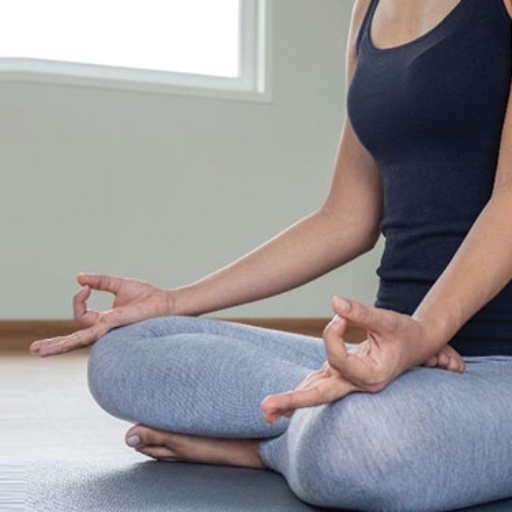
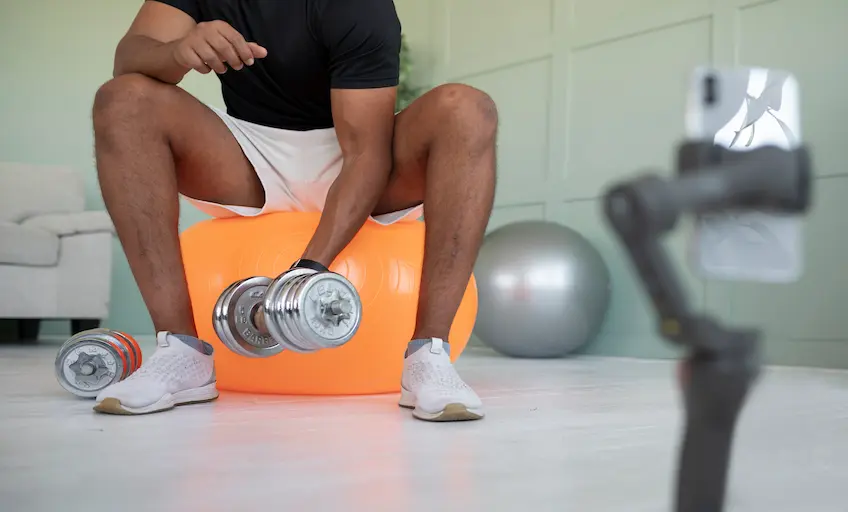
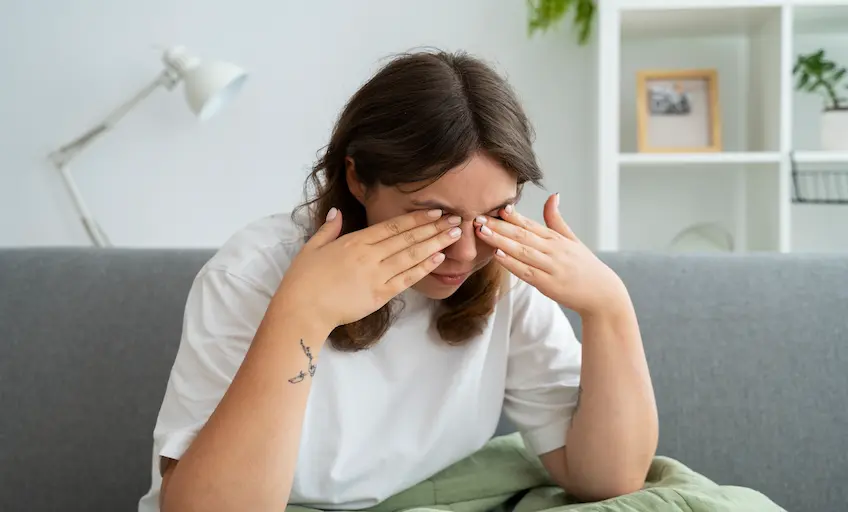

You always provide great information and insights.
Informative blog post! This is an awesome guide for starting a meditation journey as a beginner, and meditation has amazing benefits like reducing stress, anxiety, etc.